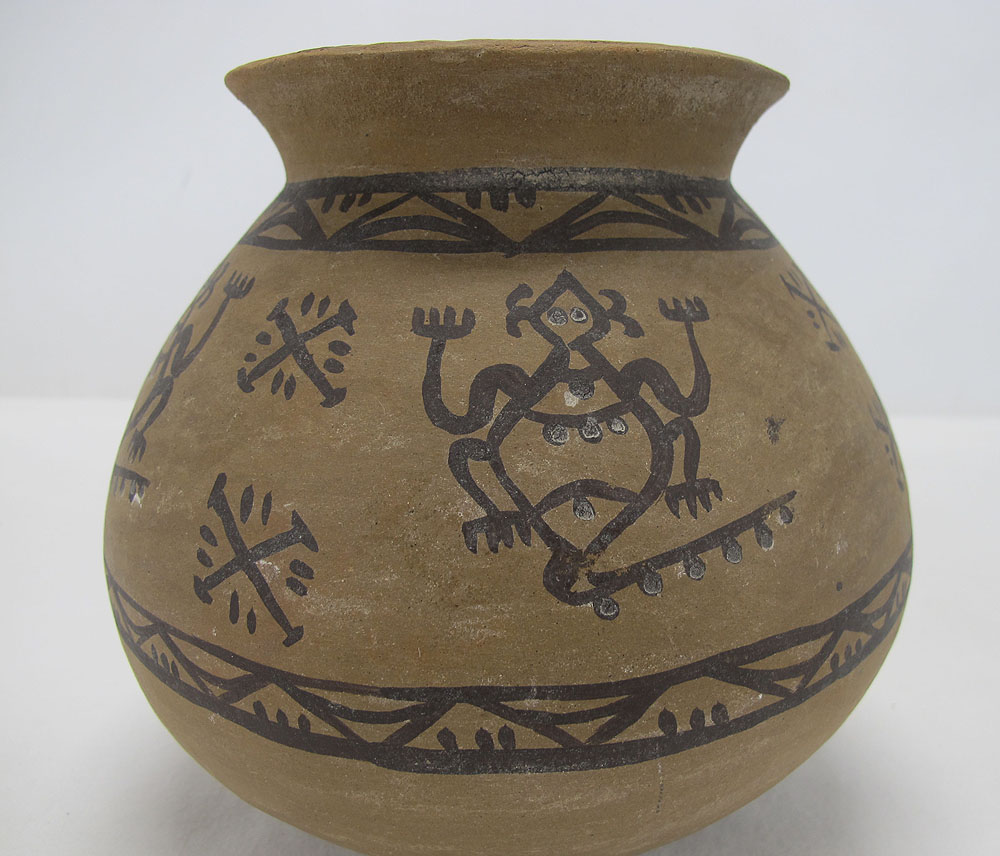

Īfter the departure of the paleo-Indians, archaic Indians moved into the American Southwest. Inhabiting the southwestern United States and northern Mexico for tens of thousands of years, when the prey they depended on left the area, they followed in approximately 9,000 BC. They hunted Pleistocene animals, such as mammoths, mastodons, giant bison, ancient horses, camels, and giant sloths, remains of which have been discovered in the Salt River Valley. The term "paleo", is derived from the Greek word “palaios,” meaning ancient. The first inhabitants of the desert southwest, including what would become Phoenix, called Paleo-Indians, were hunters and gatherers. See also: Prehistoric Southwestern cultural divisions It is currently the fifth largest city in the United States by population.

Census Bureau predicted it would resume as the nation's economy recovered, and it already has begun to do so. That growth rate slowed during the Great Recession but the U.S. The population growth rate of the Phoenix metro area has been nearly 4% per year for the past 40 years. The population growth was further stimulated in the 1950s, in part because of the availability of air conditioning, which made the very hot dry summer heat tolerable, as well as an influx of industry, led by high tech companies. The post World War Two years saw the city beginning to grow more rapidly, as many men who had trained in the military installations in the valley, returned, bringing their families. The city provided retail, wholesale, banking, and governmental services for central Arizona, and was gaining a national reputation among winter tourists. Until World War II, the economy was based on the "Five C's": cotton, citrus, cattle, climate, and copper.

Phoenix served as an agricultural area that depended on large-scale irrigation projects. The town of Phoenix was settled in 1867, and incorporated in 1881 as the City of Phoenix. The city of Phoenix's story begins as people from those settlements expanded south, in conjunction with the establishment of a military outpost to the east of current day Phoenix. Central Arizona was first settled during the early 19th century by American settlers. While the first explorers were Spanish, their attempts at settlement were confined to Tucson and the south before 1800.

By the time the first Europeans arrived at the beginning of the 16th century, the two main groups of native Indians who inhabited the area were the O'odham and Sobaipuri tribes. They suddenly disappeared by 1450, for unknown reasons. The Hohokam first settled the area around 1 AD, and in about 500 years, they had begun to establish the canal system which enabled agriculture to flourish in the area. Out of these archaic Indians, the Hohokam civilization arose. Around approximately 1,000 BC, the nomadic began to be accompanied by two other types of cultures, commonly called the farmers and the villagers, prompted by the introduction of maize into their culture. Other nomadic tribes (archaic Indians) moved into the area, mostly from Mexico to the south and California to the west. As that prey moved eastward, they followed, vacating the area. Mammoths were the primary prey of hunters. The history of Phoenix, Arizona, goes back millennia, beginning with nomadic paleo-Indians who existed in the Americas in general, and the Salt River Valley in particular, about 7,000 BC until about 6,000 BC. Skyline view of Phoenix - looking northeast from a helicopter, from above the 4th Avenue


 0 kommentar(er)
0 kommentar(er)
